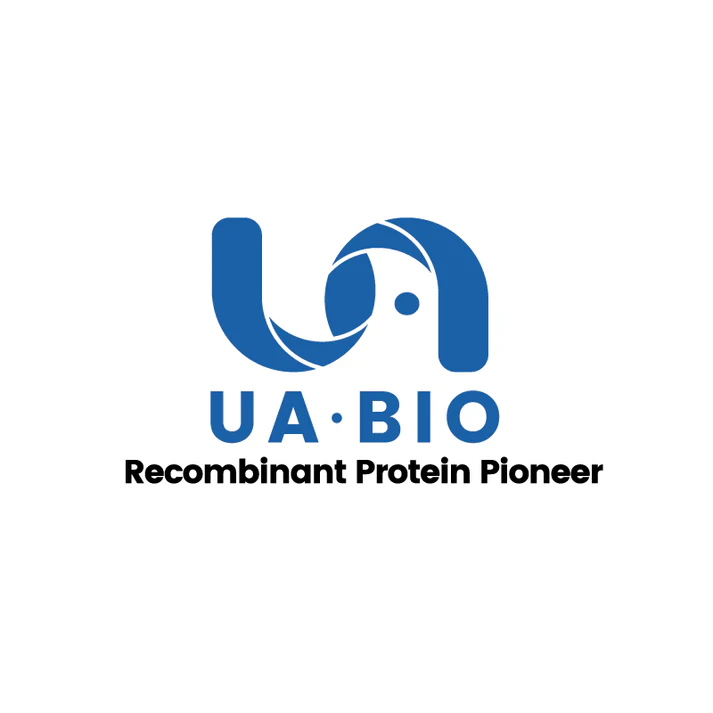1μg (R: reducing condition, N: non-reducing condition).
Product Details
Product Details
Product Specification
| Species | Human |
| Synonyms | MER, STK Kinase, Tyro12, C-Eyk, C-Mer, RP38 |
| Accession | Q12866 |
| Amino Acid Sequence | Ala21-Ile505, with C-terminal His |
| Expression System | HEK293 |
| Molecular Weight | 75-120kDa (Reducing) |
| Purity | >95% by SDS-PAGE |
| Endotoxin | <0.1EU/μg |
| Conjugation | Unconjugated |
| Tag | His Tag |
| Physical Appearance | Lyophilized Powder |
| Storage Buffer | PBS, pH7.4. |
| Reconstitution | Reconstitute at 0.1-1 mg/ml according to the size in ultrapure water after rapid centrifugation. |
| Stability & Storage | · 12 months from date of receipt, lyophilized powder stored at -20 to -80℃. · 3 months, -20 to -80℃ under sterile conditions after reconstitution. · 1 week, 2 to 8℃ under sterile conditions after reconstitution. · Please avoid repeated freeze-thaw cycles. |
| Reference | Graham, D.K. et al. (1994) Cell Growth Differ. 5:647. Graham, D.K. et al. (2006) Clin. Cancer Res. 12:2662. |
Background
Tyrosine-protein Kinase Mer, also known as c-Mer and MerTK, is a member of the receptor tyrosine kinase subfamily TAM (Tyro3, Axl, and Mer). Similar to Axl and Tyro3, the extracelluar domain of Mer contains two Ig-like motifs and two fibronectin type III motifs. Mer is not expressed in normal B- and T-cells but expressed in neoplastic B- and T-cell lines . It is also show higher expression in immunosuppressive M2like macrophages. Following activation by ligand, interacts with GRB2 or PLCG2 and induces phosphorylation of MAPK1, MAPK2, FAK/PTK2 or RAC1. MERTK signaling plays a role in various processes such as macrophage clearance of apoptotic cells, platelet aggregation, cytoskeleton reorganization and engulfment. Functions in the retinal pigment epithelium (RPE) as a regulator of rod outer segments fragments phagocytosis. Plays also an important role in inhibition of Toll-like receptors (TLRs)-mediated innate immune response by activating STAT1, which selectively induces production of suppressors of cytokine signaling SOCS1 and SOCS3.Mer is known to bind Gas6, Protein S, Tubby, Tubby-like protein 1 (Tulp1), and Galectin-3. Upon binding ligands via the Ig-like motif, Mer is dimerized to trans-autophosphorylate the kinase domain to induce downstream signaling. It has been shown that Mer signaling in macrophages induces M2 polarization, which promote tumor growth, metastasis and evasion of anti-tumor immunity in tumor microenviroment. Inhibition of Mer, especially on leukocytes and macrophages, is an effective anti-cancer therapy.
Picture
Picture
SDS-PAGE


